2014-09-03 09:50
Busan Port sails toward becoming an eco-friendly port
Busan Port Authority has embodied the green port policy to transform Busan Port into a low carbon green port.
Around 100 fuel-powered terminal yard cranes at the port have been switched over to electric power since 2005, and have contributed to reducing KRW 10 billion in annual operation costs and 30 thousand tons of greenhouse gas.
The port has also converted yard tractors to LNG Y/T to reduce costs and carbon emissions. This project has been conducted by PNC since end of last year, and a detailed presentation on the performance will be held on the 12th (11am) in the presence of officials from related institutions, port authorities, and terminal operators.
Currently, there are 916 Y/T in domestic ports and 678 Y/T are operated at Busan Port. These cranes consume fuel at a cost of approx. KRW 21.6 billion annually.
The greatest benefit of this transition from fuel Y/T to LNG Y/T is operation cost reduction. Fuel savings of 37.9% are anticipated, which should save Busan Port around KRW 8.2 billion annually.
The second benefit is a 42% reduction of carbon dioxide. The third advantage is the extension of Y/T service life. Outdated Y/T diesel engines require overhauls for performance improvement. However, introducing LNG Y/T, instead of expenditures for overhauls, will extend the service life while saving investment costs. Lastly, it will decrease noise greatly and improve drivers?working environments as well as preventing soil pollution caused by fuel consumption.
BPA President Lim Ki-taek stated, "The Port Act was revised allowing LNG Y/T to be operated at the port last March, and the enforcement regulations of the Urban Gas Business Act were also amended in accordance with the new act. Hence, we will recreate Busan Port as a world-class low carbon eco-friendly port through introducing LNG Y/T to Busan Port."
Around 100 fuel-powered terminal yard cranes at the port have been switched over to electric power since 2005, and have contributed to reducing KRW 10 billion in annual operation costs and 30 thousand tons of greenhouse gas.
The port has also converted yard tractors to LNG Y/T to reduce costs and carbon emissions. This project has been conducted by PNC since end of last year, and a detailed presentation on the performance will be held on the 12th (11am) in the presence of officials from related institutions, port authorities, and terminal operators.
Currently, there are 916 Y/T in domestic ports and 678 Y/T are operated at Busan Port. These cranes consume fuel at a cost of approx. KRW 21.6 billion annually.
The greatest benefit of this transition from fuel Y/T to LNG Y/T is operation cost reduction. Fuel savings of 37.9% are anticipated, which should save Busan Port around KRW 8.2 billion annually.
The second benefit is a 42% reduction of carbon dioxide. The third advantage is the extension of Y/T service life. Outdated Y/T diesel engines require overhauls for performance improvement. However, introducing LNG Y/T, instead of expenditures for overhauls, will extend the service life while saving investment costs. Lastly, it will decrease noise greatly and improve drivers?working environments as well as preventing soil pollution caused by fuel consumption.
BPA President Lim Ki-taek stated, "The Port Act was revised allowing LNG Y/T to be operated at the port last March, and the enforcement regulations of the Urban Gas Business Act were also amended in accordance with the new act. Hence, we will recreate Busan Port as a world-class low carbon eco-friendly port through introducing LNG Y/T to Busan Port."
< Korea Shipping Gazette >
많이 본 기사
- 국제물류업계, 광양항 마지막 배후단지 활용법 모색한다‘일상이 된 물류시장 불확실성’, AI·친환경이 돌파구‘고환율·저운임’ 글로벌 물류기업 일제히 부진한 실적 신고‘수요 둔화 지속’ 컨운임지수 한주만에 1300선으로 후퇴DHL, 중동 두바이에 차세대 물류허브 개소해운협회, 부산항도선사회와 CCTV 활용 안전도선 업무협약한국해양대, 장금상선등 해운사와 해양인재 양성방안 모색2028년 유엔 해양총회 한국 유치 확정KMI, 우리나라와 북극권국가 협력 방안 모색벌크선시장, 급등 이후 조정 '속도 조절 들어가나'
- 인사/ 팬오션전재수 해수부 장관 사의…“해양수도권 차질없이 육성되길”쿠팡 박대준 대표이사 사임…“개인정보 유출 책임 통감”에스티엘글로벌, 한국해大 해사대학에 장학금 기부日 ONE 운항 9100TEU급 컨선 화재…공동해손 선언인사/ 해양수산부윌로그, 벤처창업진흥유공 대통령 표창 수상아시아나IDT, 산업안전세미나 개최…‘플랜투두’ 확산 전략 공유아로아랩스, 중기부 창업지원프로그램 선정…연구개발 자금 확보부음/ 해운조합 최종진 본부장 빙모상





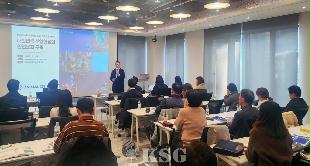
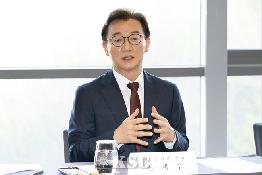


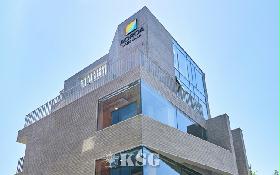
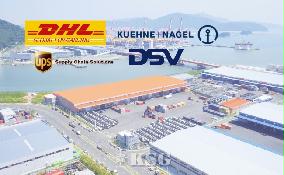

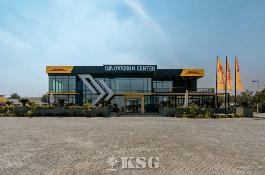
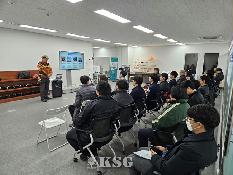
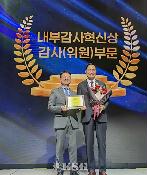
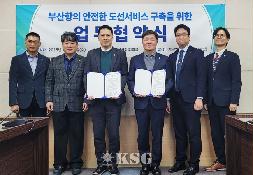
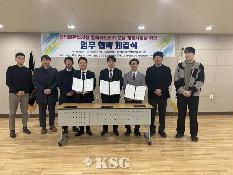

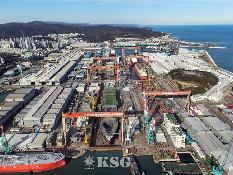
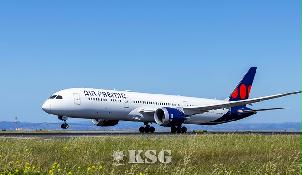
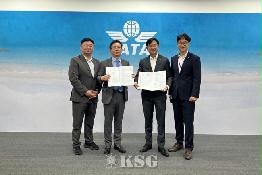

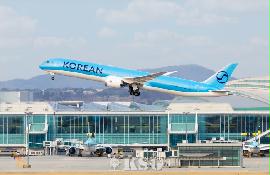


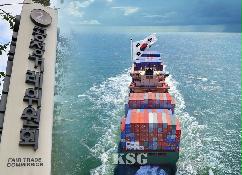
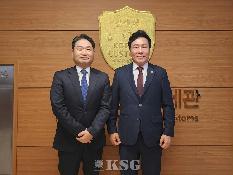

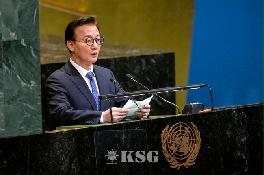
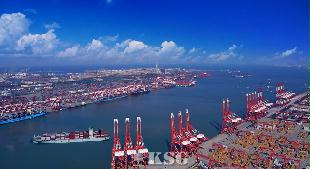
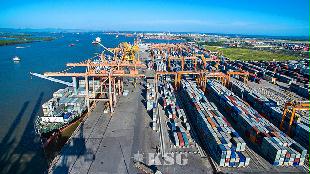
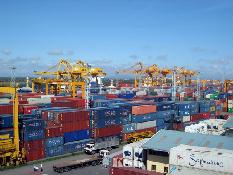






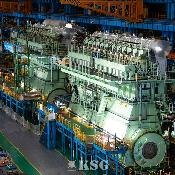
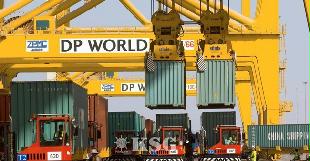























0/250
확인